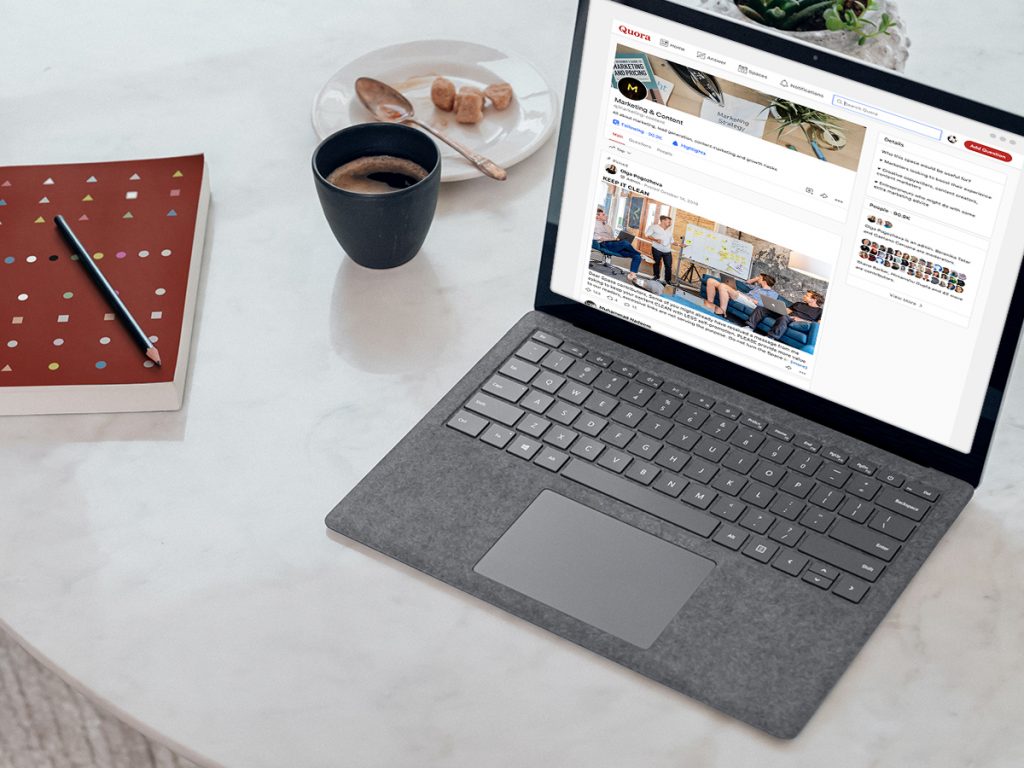10 Best Shopify Sales Channels to Increase Sales
by admin
6 Min Read
CES 2024: Stagwell (STGW) and MNTN Announce Partnership in Unified Performance SolutionsLearn More

0 Min Read
With the rise of CTV advertising, marketers need to learn a lot about the fastest growing ad channel—and quickly. That’s why we’ve compiled the top questions and answers from Quora, where experts address complex questions, into a digest for a quick breakdown on what marketers need to know most.
See what marketers are asking, and what the experts have to say.
Q. How does television advertising compare with social media advertising?
A. Television advertising has made a lot of headway over the past few years, and still wins the heart of advertisers looking to allocate their marketing budget – in 2019, social media only accounted for 13% of spend, versus TV (29%) and paid search (17%). Reports show that it will hold steady over the next year against internet display and paid search channels. Advertising on social media has its advantages as it supports all types of advertisers – both large and small – with varying budgets. But TV paints a different picture, where average daily consumption hovers around four and a half hours – more than four times that of social media.
Q. How have companies modified their video ad strategy in response to coronavirus? What are some examples?
A. During these times of crisis, it has never been more important for brands to remain sensitive to their advertising efforts. From a branding perspective, we’ve seen some examples of brands adapting their message, such as Nike’s ‘Play For the World’ video campaign, IKEA’s video campaign from the #StayHome movement, and Apple’s ‘Creativity Goes On’ ad. Other advertisers have been called out for being tone-deaf, which highlights the importance of being able to quickly switch out their current creative for ads that resonate with the current climate, with appropriate messaging to match. Brand perception aside, we’ve seen brands who are prioritizing their performance marketing efforts are driving strong results.
Q. Which DSP is the best for performance?
A. What if we told you that you don’t have to use a DSP (Demand Side Platform) for the best performance? Programmatic media buying is not a one-size-fits all approach, which is why such a platform may not be effective for your brand, for a number of reasons including clunky reporting infrastructure, pricing discrepancies & low quality ad inventory.
Q. What kinds of metrics exist to measure the effectiveness of television ads?
A. Linear TV is great for maximizing reach, but is limited in terms of measurability. Firstly, it is reliant on third-party audience tracking companies like Nielsen to establish audience demographics and ad targets. Secondly, delivering ads to a specific audience isn’t a walk in the park either, as it is difficult to determine who sees your ad at any given time. Advertisers can only target according to ratings and the time of day, a flawed approach since you can’t predict which of your segments are likely to be in front of their screens. Ultimately, it cannot compete on the same level as other digital advertising channels.
However, industry disruptors like MNTN are revolutionizing the digital advertising space by transforming TV into a direct response channel, otherwise known as Performance TV. On a single user-interface, advertisers can now launch Living Room Quality TV ads to audience segments using first-party or third-party data, across a suite of prestige TV networks, retarget their audience across their other devices and measure their effectiveness.
Q. What is TV ad cost per thousand viewers?
A. A traditional cable TV ad costs on average $20 for every thousand viewers, whilst on broadcast TV, the average hovers on around $36 per thousand viewers. However, these relatively lower CPMs may not be fetching quality inventory on the programs, let alone ones which your audience are watching.
The overall cost on Connected TV can be higher or lower, depending on the partner you’re using. You may wonder what would be the point of advertising on this platform if it’s going to be more expensive, however in this case, perceived cost equates to greater value that levels the playing field of the other forms of TV advertising.
Subscribe to the report Apple, Amazon, NBC and more use to get their CTV news.